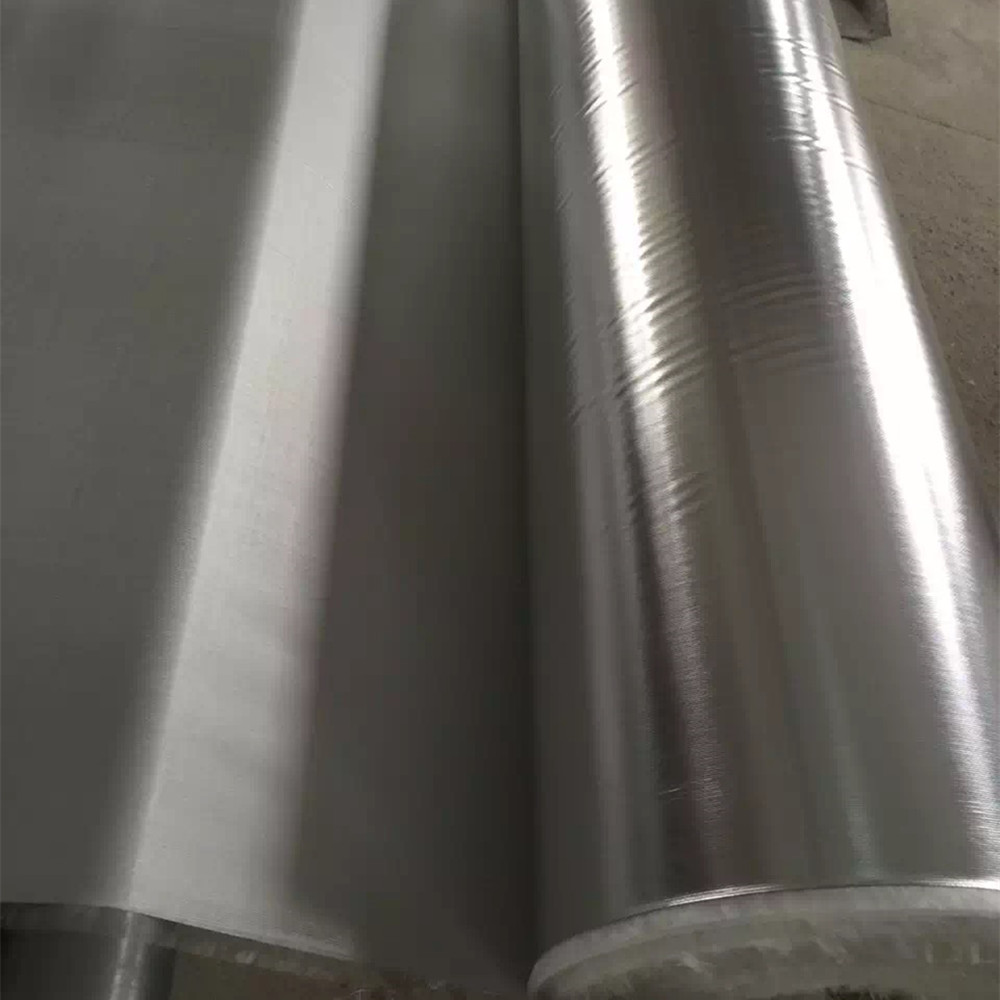Aluminized fiberglass fabric is commonly used in welding blankets due to its excellent heat resistance, durability, and ability to reflect heat. This type of fabric typically consists of fiberglass material that is coated with an aluminum layer, which enhances its thermal reflective properties while maintaining the inherent strength and flexibility of the fiberglass.
Here are some key features of aluminized fiberglass fabric used for welding blankets:
High Heat Resistance: The fiberglass base provides exceptional resistance to high temperatures, typically up to 1000°F (538°C) or higher, depending on the specific product. The aluminum coating further increases the material’s resistance by reflecting radiant heat.
Thermal Insulation: The aluminized surface reflects heat away from the surface, while the fiberglass underneath provides additional insulation. This makes the fabric ideal for protecting workers, equipment, and surfaces from heat damage during welding operations.
Durability: Aluminized fiberglass fabric is durable and resistant to abrasion, making it suitable for use in harsh industrial environments, including welding, metal cutting, and grinding operations.
Lightweight and Flexible: Despite its excellent heat resistance, aluminized fiberglass fabric remains flexible and lightweight, making it easy to handle and install in various applications.
Flame Retardant: The fiberglass base is inherently flame retardant, adding an extra layer of safety in environments where sparks or molten metal may be present.
Versatile: Aluminized fiberglass welding blankets can be used in various applications, such as shielding workers from heat, protecting surrounding areas from sparks, and covering equipment to prevent damage from high temperatures during welding or other high-heat operations.
Customization Options: Welding blankets made from aluminized fiberglass can often be customized to various sizes, shapes, and thicknesses to meet the specific needs of a particular welding environment.
In summary, aluminized fiberglass fabric offers a combination of heat resistance, thermal insulation, durability, and flexibility, making it an ideal choice for welding blankets and other high-temperature applications.
